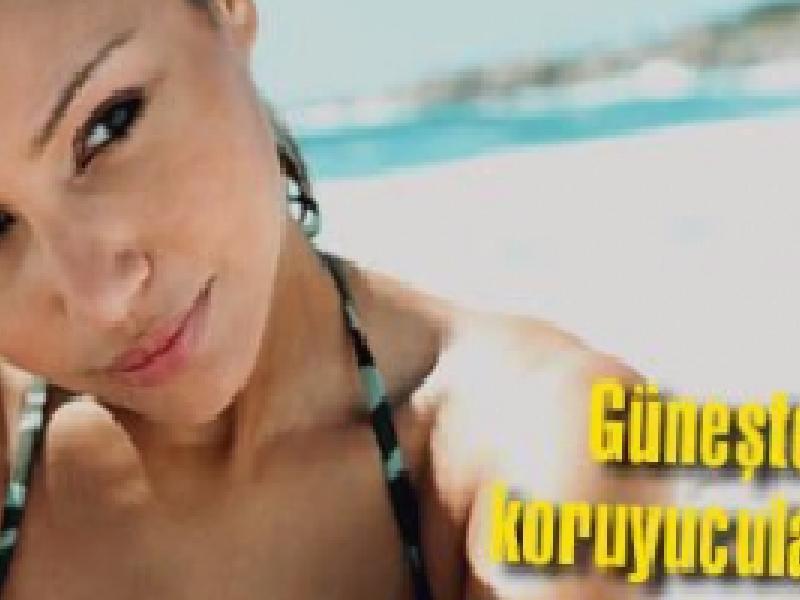It is divided into two groups, chemically and physically. The strength of the sunscreen is measured by the sun protection factor known as the SPF for short. This value indicates the protection power of the protector against UVB rays only. Therefore, even if the SPF value is 100, this does not mean 100% UV protection. So there is partial protection. This value must be at least 15 or 20. Sunscreens are generally against UVB and are not effective against all UVA.
One of the mistakes made is to say that I use sunscreen anyway and leave ourselves to the sun. Because none of them are 100% protective.
Then;
1. Protect yourself from the sun as much as possible between 10 and 16 o’clock in summer,
2. We should choose suitable clothes, use wide-brimmed hats, and use quality sunglasses with appropriate filters to protect our eyes against the risk of cataracts.
Tightly woven, thick, dark colored clothes are more protective. Also, protection with clothes is more practical and more economical than protection with protective products. Again, in some countries, special labels indicating sun protection are used on clothes-(UPF-ultraviolet protection factor.). In recent years, some agents such as UV protective Titanium dioxide have been added to detergents and softeners. In Australia, the country with the highest incidence of skin cancer, the protective clothing market is much larger than the protective product market. Again, polyester-cotton blended garments are more protective than only cotton ones.
The most important factor in protection is staying away from the sun and clothing factor, and finally the use of protective products.
3. Sunscreen should be applied half an hour before going out in the sun. We should repeat it every 2 hours, and repeat after sweating and going in and out of the sea.
4. We should know that sunscreens are not 100% protective and we should never extend our time under the sun more than necessary.
Considering that we are exposed to 80% of UV rays in a lifetime until the age of 18, it can be understood how important it is to protect children.
Use of preservatives in children: We do not recommend the use of preservatives before 6 months, since baby skin is sensitive. In the period after 6 months, we should definitely consider the factor of clothes, hats and glasses, and we should prefer physical protectors such as zinc oxide as a protector. Again, due to the risk of systemic absorption, chemical preservatives should not be used under 2 years of age. Lotion or gel should be preferred for those with oily skin and cream forms for those with dry skin.

